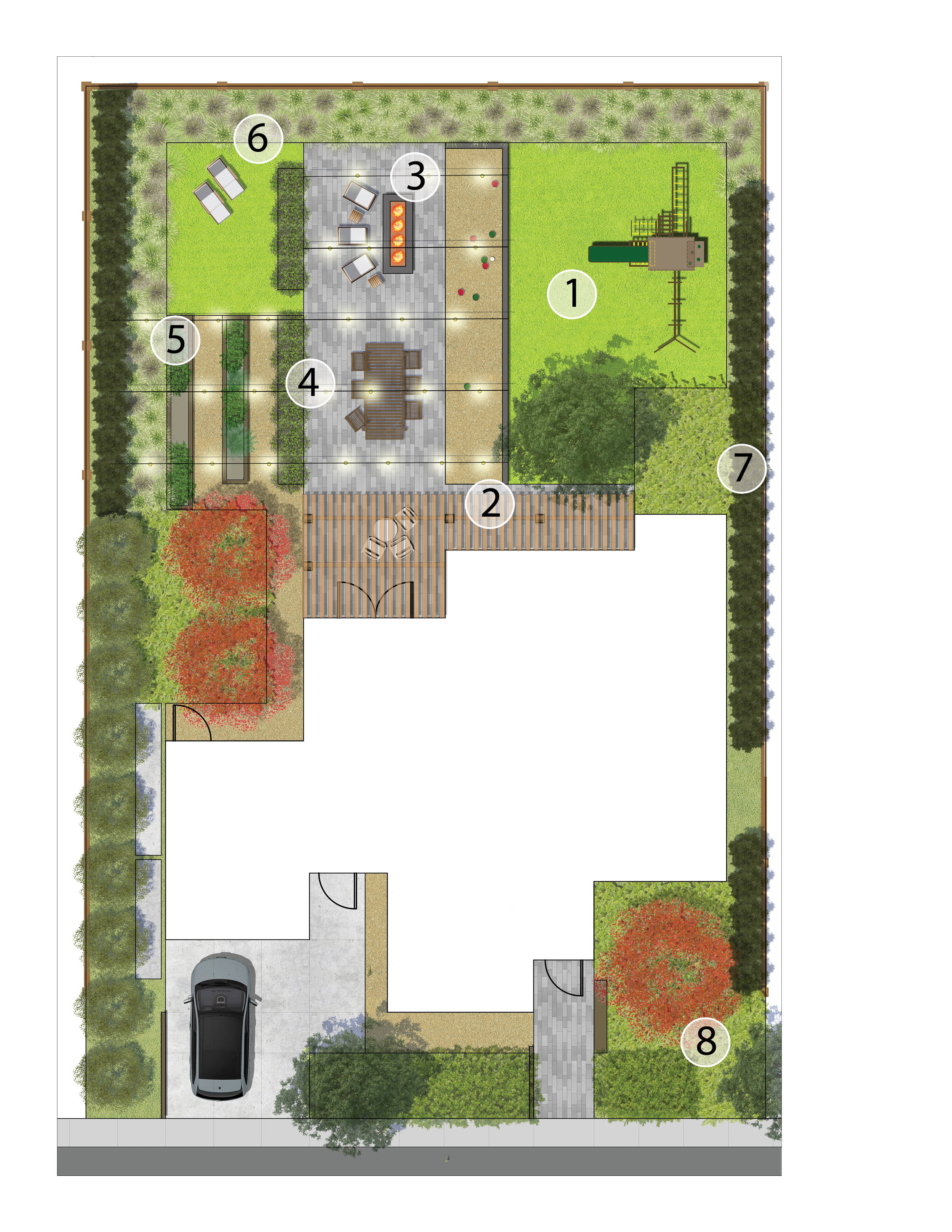8 Simple Techniques For Hilton Head Landscapes
8 Simple Techniques For Hilton Head Landscapes
Blog Article
Some Known Facts About Hilton Head Landscapes.
Table of ContentsThe Ultimate Guide To Hilton Head LandscapesThe Ultimate Guide To Hilton Head LandscapesNot known Facts About Hilton Head LandscapesExcitement About Hilton Head LandscapesMore About Hilton Head LandscapesOur Hilton Head Landscapes DiariesFacts About Hilton Head Landscapes Uncovered
Line produces all kinds and patterns and can be made use of in a variety of methods in the landscape. Line in the landscape is developed by the side between 2 products, the outline or silhouette of a type, or a lengthy linear feature. Lines are a powerful device for the developer because they can be used to produce a boundless selection of shapes and types, and they manage activity of the eye and the body.

Lines can have several attributes, such as those described listed below, yet they usually offer different objectives. Figure 1. Lines in the landscape - bluffton landscaping. The residential or commercial properties of lines figure out how people react to the landscape, both psychologically and physically. Straight lines are structural and forceful; they create a formal personality, are usually connected with a symmetrical layout, and lead the eye directly to a centerpiece.
The 3-Minute Rule for Hilton Head Landscapes
Bent lines create an informal, natural, kicked back character that is associated more with nature and unbalanced balance. Curved lines move the eye at a slower pace and include enigma to the area by creating hidden sights.
Upright lines in the landscape include high, narrow plant material, such as trees, or high structures, such as an arbor or a bird home on a pole. Horizontal lines relocate the eye along the ground plane and can make a room really feel larger. Low lines are much more controlled and create a sensation of rest or repose.
Not known Incorrect Statements About Hilton Head Landscapes
Low lines are produced by reduced garden wall surfaces, sidewalks, and short bushes. Lines are utilized to attract types on a strategy. In strategy view, they define plant beds and hardscape areas. Lines are likewise created by the upright forms of developed attributes and plant material. There are 3 key line kinds that create form in the landscape: bedlines, hardscape lines, and plant lines.
Bedlines connect plant product to your home and hardscape since the eye adheres to the line, moving the look via the landscape. Hardscape lines are produced by the side of the hardscape, which marks the built structure. Line can also be produced by long and narrow materials, such as a fence or wall.
The Ultimate Guide To Hilton Head Landscapes
Kind is located in both hardscape and plants, and it is usually the dominant visual aspect that spatially arranges the landscape and often determines the style of the garden. The type of structures, plant beds, and yard ornaments also determines the total form theme of the yard. Formal, geometric forms include circles, squares, and polygons.
Plants produce type in the garden through their details or silhouettes, however form can also be specified by a void or negative space between plants - landscapers in bluffton sc (https://www.tripadvisor.in/Profile/h1tnhdlndscps). Circles can be complete circles, or they can be divided right into half circles or circle sectors and incorporated with lines to produce arcs and tangents
9 Easy Facts About Hilton Head Landscapes Described
Circles can likewise be extended into ovals and ellipses for more selection and passion. Circles are a solid design kind because the eye is constantly drawn to the facility, which can be utilized to stress a centerpiece or link various other forms. Number 2. Round forms in hardscape and grass panels.
The square form can additionally be segmented and used repetitively to develop a grid pattern. Unlike circles, squares are stronger on the edges, which can be lined up or overlapped to create one-of-a-kind patterns and even more intricate forms. Polygons are many-sided types with straight sides. Triangulars, for instance, are three-sided polygons.
Twisting lines commonly simulate the all-natural course of rivers or streams and can be called smooth lines with deeply bent undulations. Twisting lines (Number 3) function well for paths, plant bedlines, and completely dry stream beds. Twisting lines can include interest read and secret to a garden by leading audiences around edges to uncover brand-new sights and areas.
The 3-Minute Rule for Hilton Head Landscapes

Number 5. Fragmented edges: tipping rocks in path. Form is the most enduring quality of a plant (landscape design hilton head). https://www.pageorama.com/?p=h1tnhdlndscps. Typical plant kinds are well developed and standard, as kind is the most regular and well-known attribute of plants. Type can likewise be created via the massing of plants, where the general mass produces a different type than a private plant.
An extremely contrasting kind must be used with careone or 2 work well as a focal point, however a lot of produce turmoil. All-natural plant types, instead of over-trimmed forms, need to establish the bulk of the composition. The significance of total type is basically dependent on the seeing perspectivethe type of a tree can show up quite various to an individual standing under the cover versus checking out the tree from a distance in an open area.
Facts About Hilton Head Landscapes Uncovered
Plant forms additionally produce and define the gap or open areas between the plants, developing either convex or scooped forms in the spaces. High-arching tree branches typically develop a concave open area under the branches, and a rounded cover with low branches loads the area to develop a convex form in the open area under the tree.

Report this page